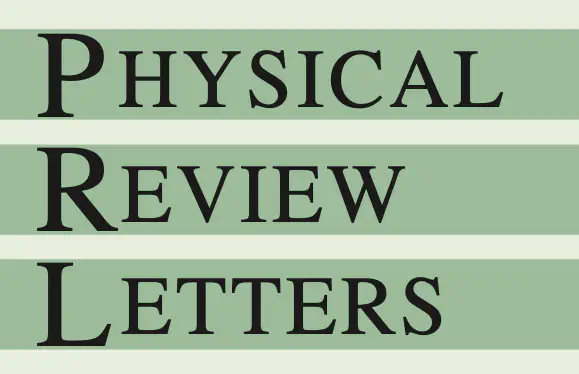Paper accepted by PRL!

Paper on entanglement resource theory have been accepted by PRL 🎉
Our paper Computable and faithful lower bound on entanglement cost by Xin Wang, Mingrui Jing and Chengkai Zhu has been accepted by the APS journal Physical Review Letter!
For PRL: Physical Review Letters (PRL) is the premier APS journal for current research, providing rapid publication of short reports of important fundamental research in all fields of physics. PRL provides its diverse readership with weekly coverage of major advances in physics and cross-disciplinary developments.
For the paper Computable and faithful lower bound on entanglement cost: In this work, we develop computable and faithful lower bounds on the entanglement cost under quantum operations that completely preserve the positivity of partial transpose (PPT operations), by introducing logarithmic